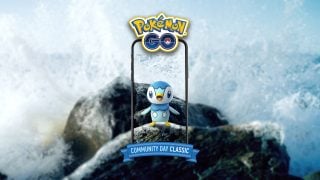If you’re remotely familiar with my taste in games or our coverage here at Nintendo Wire you’ll know that Kirby floats high above the rest as a personal favorite. The pink puffball has endeared himself to plenty, and 2018’s Kirby Star Allies was one I eagerly awaited as soon as it was announced. Now, I found that title an enjoyable stroll through Dream Land and loved how it grew into a tribute to the series’ whole history via post-launch updates. I also felt it wasn’t quite what it needed to be when it came to the Nintendo Switch’s library.
Compared to blockbusters like Breath of the Wild and Super Mario Odyssey, both titles that embraced a grander scale and new twists on staple concepts, Star Allies was…more Kirby. I happily ate it up, and kept coming back for seconds, but found myself hungry for something of a more decadent substance — an adventure that set a new standard for Pop Star. Nintendo and HAL must’ve gotten my (and several more fans’) order, as that’s exactly what Kirby and the Forgotten Land has served up.
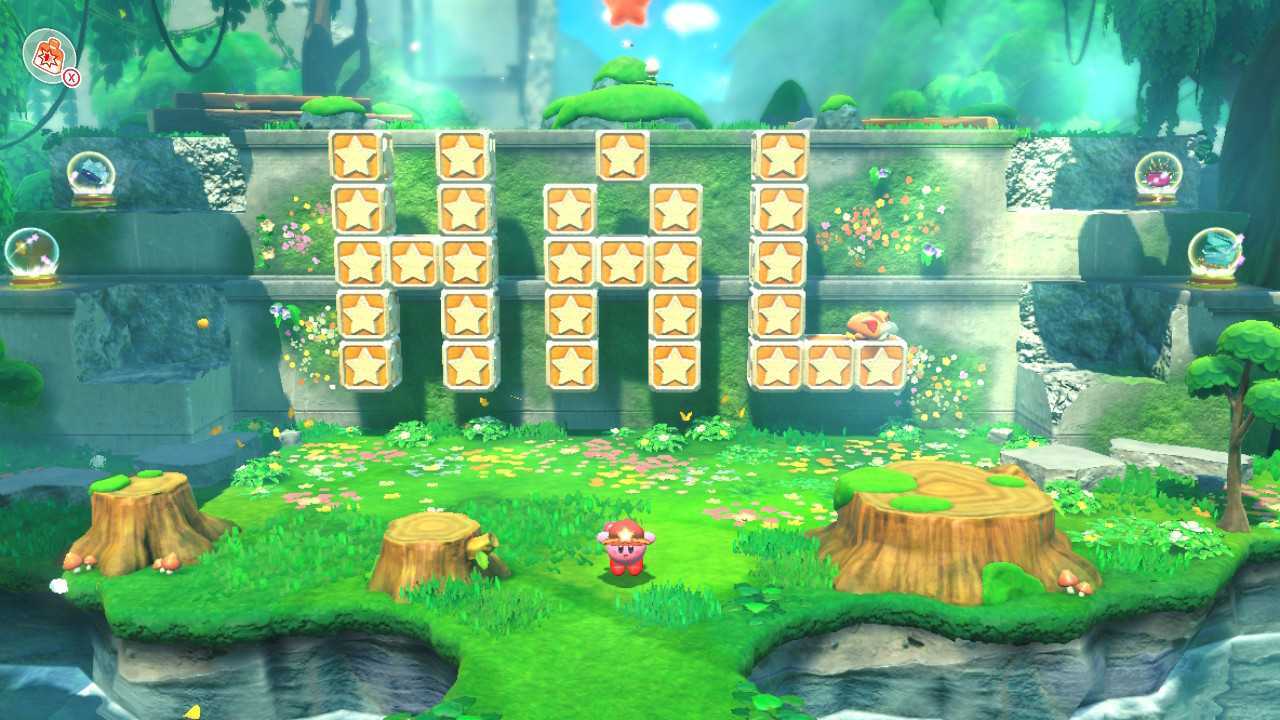
Introducing any game by making comparisons to BotW or Odyssey is a bold move for sure, and yet Forgotten Land has followed suit by making nearly everything within its New World feel more emphatic. There’s a sense of scale in place, shown splendidly early on as Kirby approaches a literal skyscraper. The camera pulls back and reminds us that he’s a small (but still infinitely powerful) blobby boy in foreign territory. Other, similar instances do wonders for the new and unfamiliar setting Kirby has found himself in.
That same praise goes to the stages and theming in place. Overgrown cities and a forgotten amusement park aren’t the norm for Kirby, but it’s an inspired direction that stands out compared to the typical dreamscapes he explores. Even in the face of those changes, some things manage to stay the same though. Among them is Kirby’s trademark (dare I say irresistible) cuteness, which when paired with everything else in place has Forgotten Land overflowing with charm and joy.
All the sweetness in the world won’t make a game fun to play, but thankfully, HAL has delivered on that front as well. Kirby is satisfying to control as he pitter-patters around, more free than ever. Certain trademarks have been de-emphasized to make way for new ones, but everything feels true to the character and games past. You may be unable to float endlessly, for example, but now you can dodge and counterattack enemies in these 3D spaces. That addition lends itself well to boss fights in particular, letting you run circles around the Beast Pack, both figuratively and literally.
The added depth to its level design may be the largest and most omnipresent change, but what defines the experience of the Forgotten Land is how it handles one of the series’ oldest elements — Waddle Dees.
Those lovable mouthless mooks have been captured, and while you’ll free a few at the end of every stage it’s the hidden ones that fuel the game’s sense of discovery. Some are tucked away off the beaten path, or are rewards for light puzzle solving. The most notable ones are locked behind mystery objectives that are stage-specific, which ended up shaping how I played through each and every one, seeking out what might be a secret mission and then replaying once they made themselves known.
On that same note, if you don’t fancy yourself a Waddle Dee savior, you can Spring Breeze through the game quickly. Along with the removal of lives and choices when it comes to level design, enemy placement, and access to abilities; it upholds the Kirby tradition of being very beginner-friendly while still having content and challenges for more experienced players to enjoy. If you’ve got kids, please make this one of their first video games.
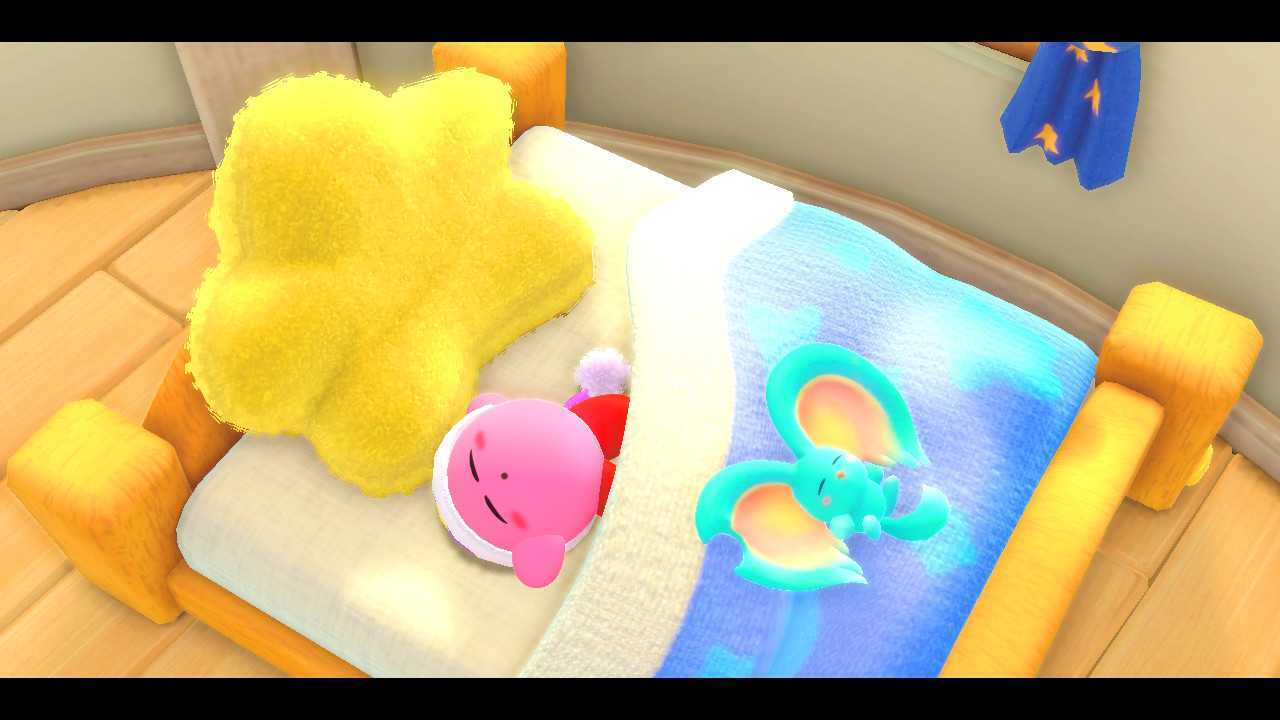
It’s Kirby’s inhale-based abilities that define how players will traverse Forgotten Land. His Copy Ability is present and accounted for, though it’s seen itself adjusted considerably compared to the last decade or so of games.
For one, the number of abilities has been reduced down to just a dozen. On top of that, their movesets have been trimmed down to the bare essentials, making this another aspect of the series that (at least initially) feels… well, forgotten. I’d be lying if I said I didn’t hope there were just a few more present, like long-runners Beam and Fighter. Perhaps the most notable in its absence is Spear, especially with Bandana Waddle Dee wielding one as your two player co-op partner.
This more simplified approach is balanced out by the ability to upgrade each ability, empowering them and adding new capabilities. I came to love the persistent burn effect of Dragon Fire and how Ultra Sword effectively gave Kirby a claymore, though I’d be lying if I said I wasn’t still hungry for old favorites.
As for the two new offerings, Ranger made the biggest impression. Not only does it give Kirby his longest ranged attacks and one of the best options out of dodges, but its upgraded forms are impressive in their own ways. It also gets more utilization in levels, with floating targets requiring its sharpshooting. Drill, in comparison, feels a little underutilized, but there’s definite value in its underground invulnerability and great quake offensive.
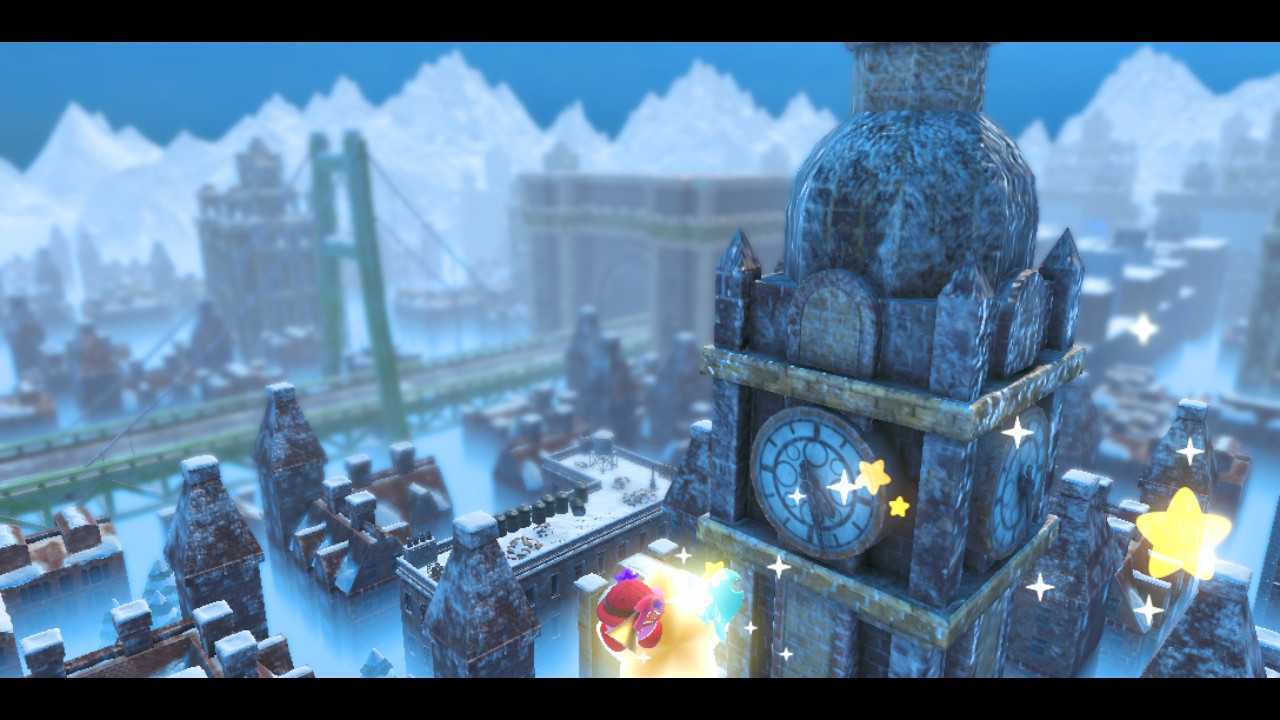
Though copying may be Kirby’s trademark, the real superstar of the Forgotten Land is Mouthful Mode. These transformations lean into his one-of-a-kind elastic body, letting him envelop them no matter how implausible it might seem. A car? Easy. A staircase? Breakfast. A lightbulb? Don’t know where the current’s coming from, but sure!
Some of these end up fulfilling roles that absent abilities would — Cone Mouth gives you a downward slam that evokes Stone, for example. Thoughts on that might come down to personal preference and nostalgia, but as a whole I loved discovering new Mouthful Modes and using them throughout the game.
While there’s some clever utilization and set pieces in the game’s stages, it’s in the more challenge-based Treasure Road levels that you’ll get put to the test with copy abilities and Mouthful Modes alike. They may all carry the same aesthetic, but they do a solid job of showcasing what all of Kirby’s options are capable of. At the very least, they make for a nice change of pace before you get back to adventuring.
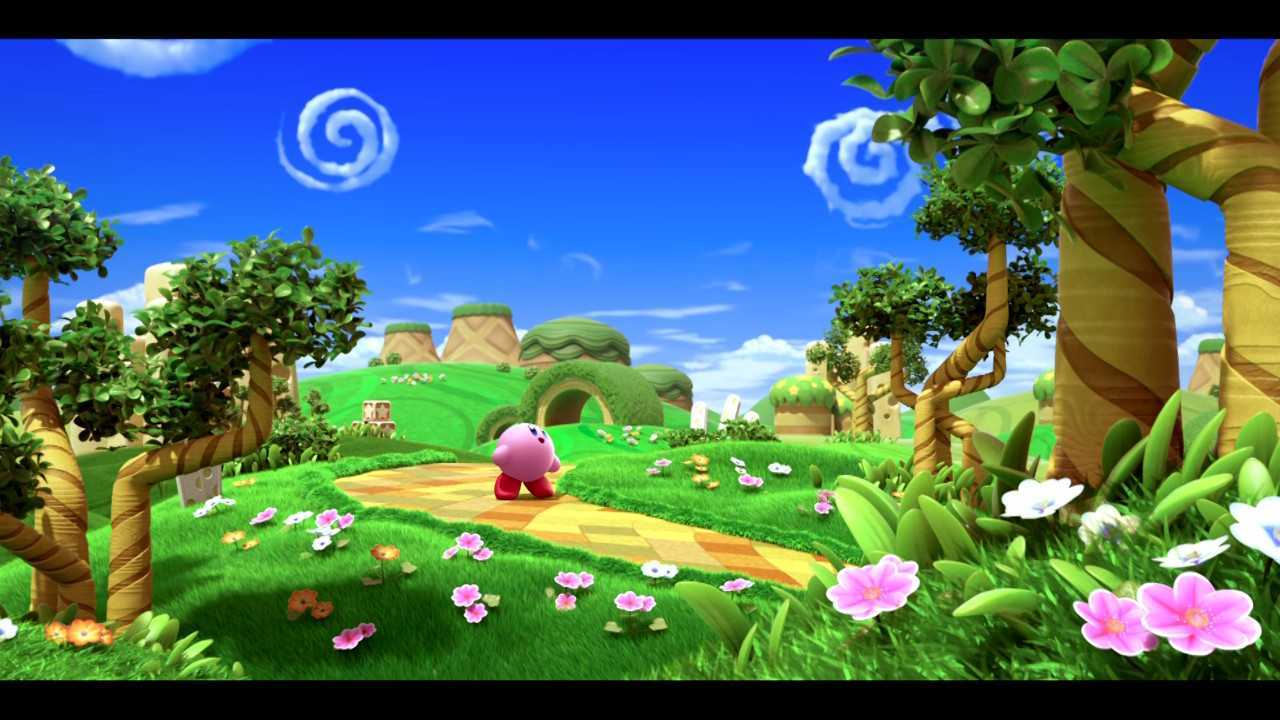
Speaking of distractions, your ongoing progression is tracked splendidly in the Waddle Dee Town hub. Gone is the idea of a main, home menu for the game and in its place is a more adorable and explorable environment. Though it all happens passively as you progress through the game and rescue Waddle Dees, seeing the town develop and come alive was its own reward, on top of all the facilities it eventually houses. I never knew how much I needed a Waddle Dee blacksmith until he demanded I hand over new copy ability blueprints with a “Gimme! Gimme!”
You’ll also find the Forgotten Land’s sub-games in Waddle Dee Town. Kirby Tilt-and-Roll, Flash Fishing, and gigs at the Waddle Dee Café are all nice breaks from the typical gameplay loop. Ultimately, they don’t have as much depth as some other, recent sub-games (Kirby Fighters and Team Kirby Clash come to mind), but they’re still nice every-now-and-thens.
More engrossing are the series’ staple Arena, where you’ll find boss rushes of various lengths and everyone’s favorite masked rival Meta Knight. Anyone looking for a little more challenge will find it here once they’ve completed the game, but it’s completionists who get it best in the long run. On top of all the objective-based Waddle Dee rescues, capsule toys can be found hidden in stages (and bought in Waddle Dee Town’s Gotcha! Machines) that add to a multi-volume collection of figures and feature all that delicious Kirby Lore.
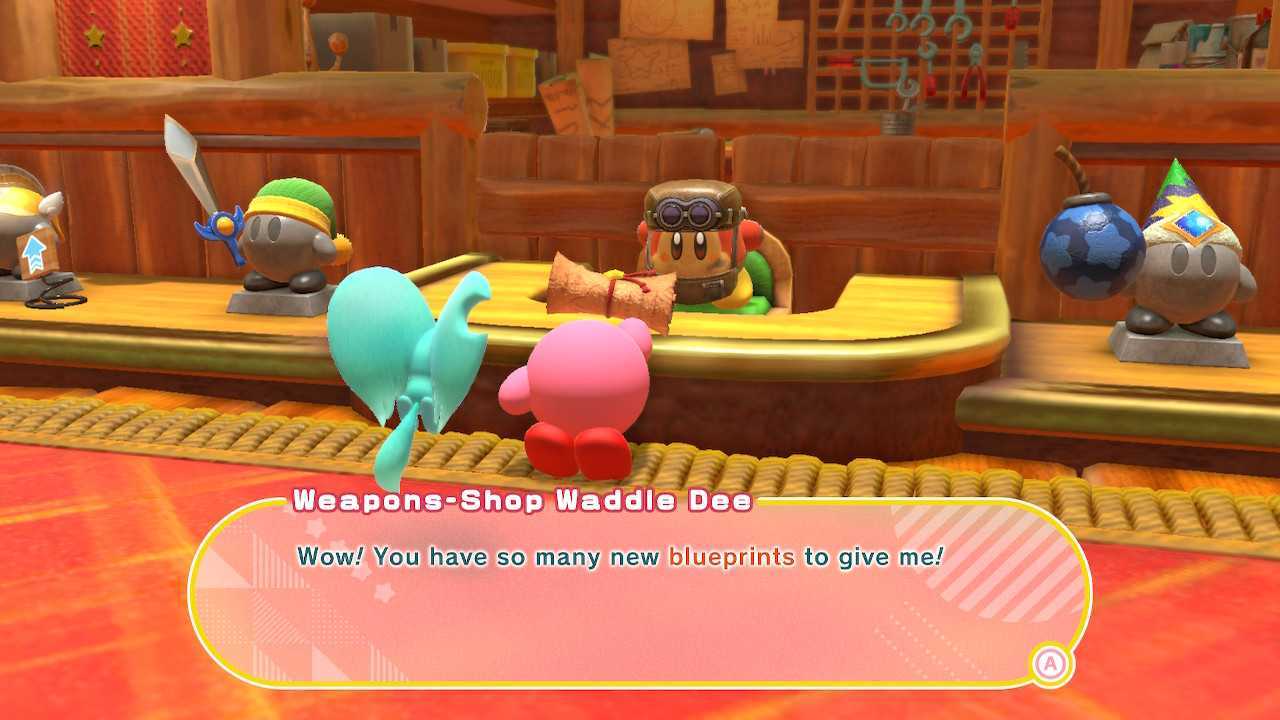
Kirby and the Forgotten Land embraces old and new, becoming a high point for the series and a must-have for fans that had me hooked the moment it greeted me with a full-on theme song. It might leave behind a few pieces of the pink puffball’s history, but it ultimately moves him forward in a big way. With a mouthful of charm, it’s a journey that anyone can love thanks to smart design choices and its addicting mix of secrets and unlockables. Be it a direct sequel or something that carries its style, I need more of this game.
Leave a Comment
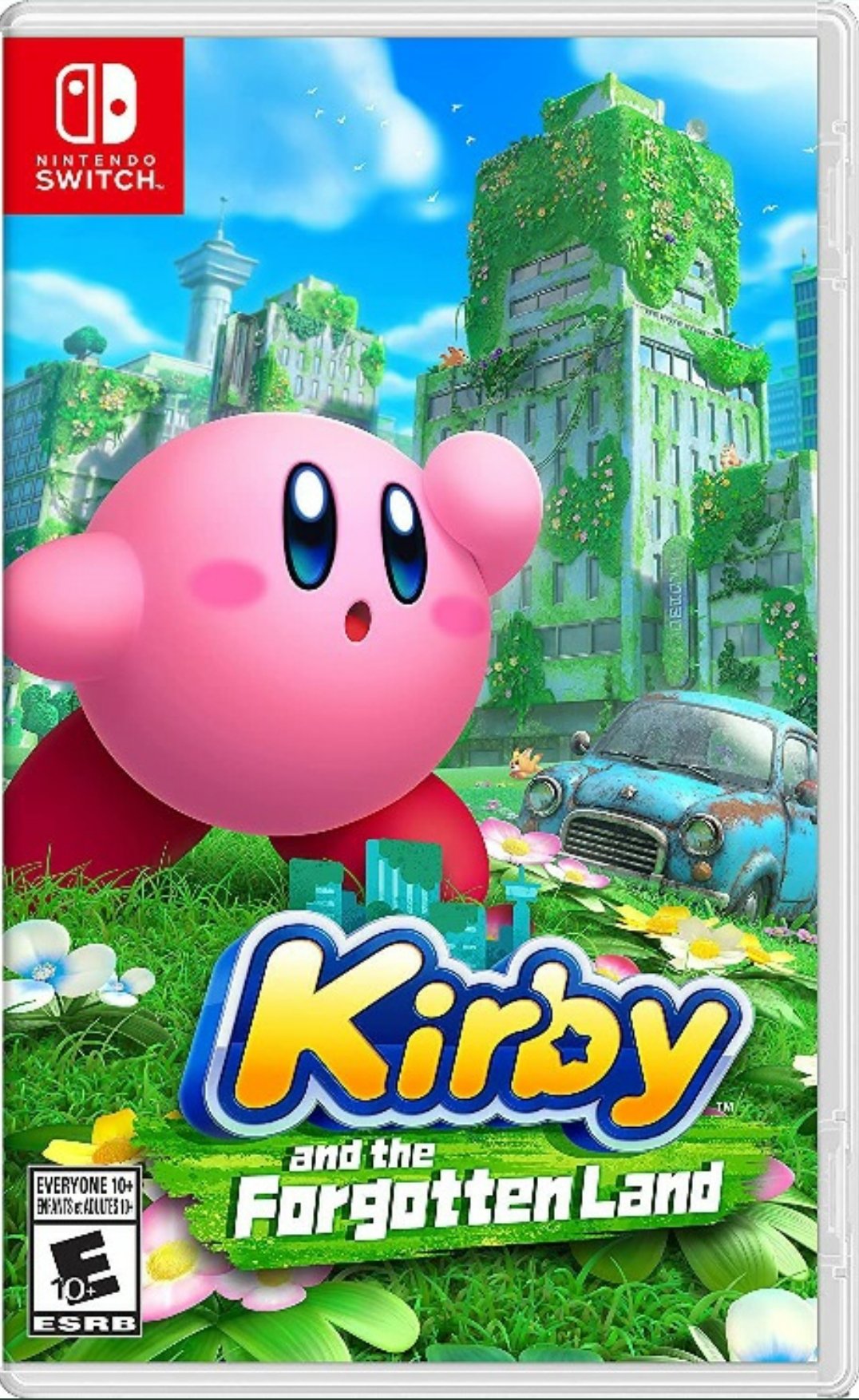
System: Nintendo Switch
Release Date: March 25, 2022
Categories: Platformer
Publisher: Nintendo
Developer: HAL Laboratory

